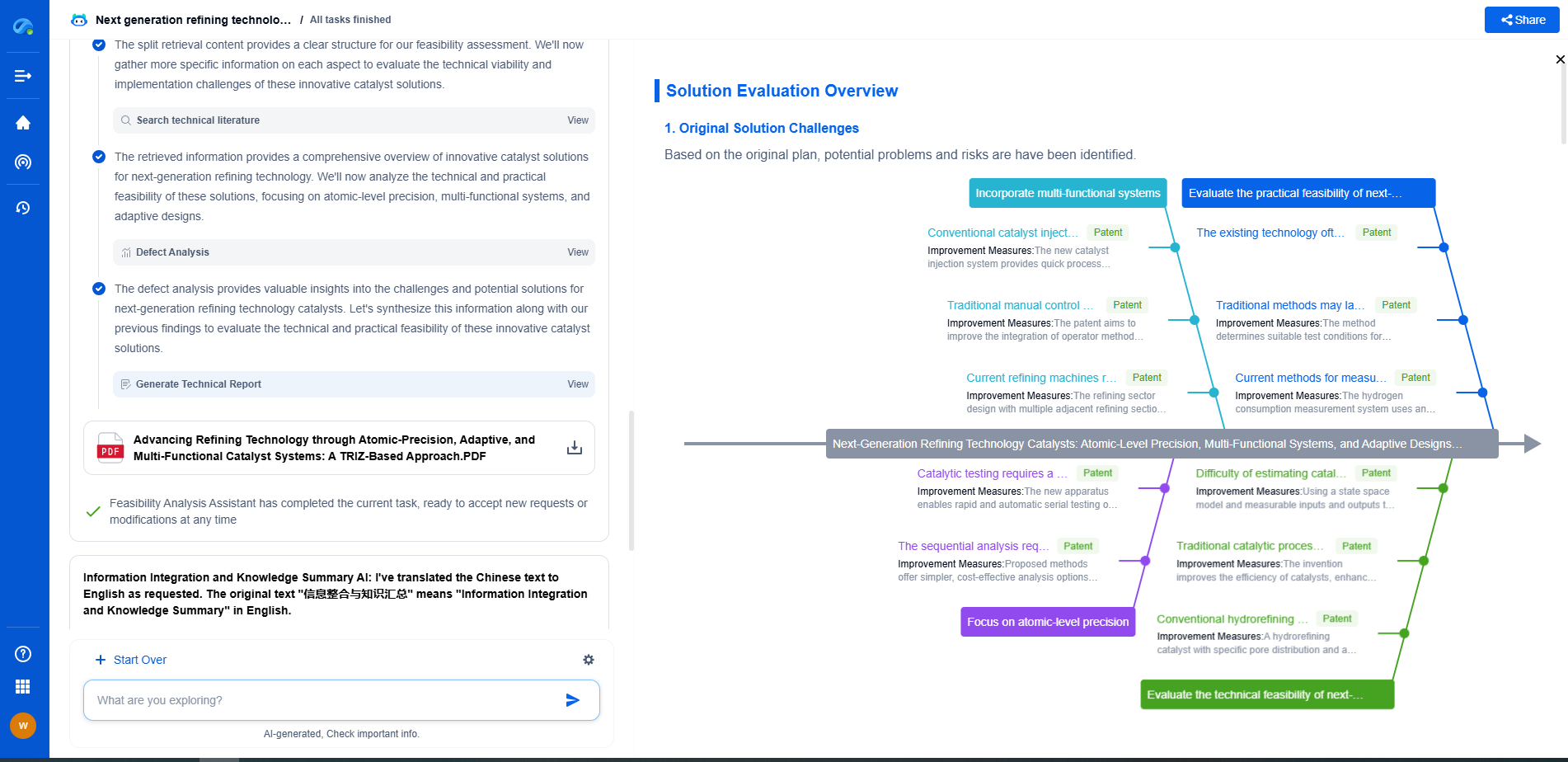NVIDIA Isaac Sim and Unity Robotics serve different robotics simulation needs. Isaac Sim, built on Omniverse, excels in high-fidelity, GPU-accelerated simulations for AI training and digital twins, ideal for advanced robotics research (NVIDIA, 2023). Unity Robotics, leveraging Unity’s real-time 3D engine, is more accessible for prototyping and cross-platform deployment but lacks Isaac Sim’s physics and sensor realism. Choose Isaac Sim for cutting-edge AI/robotics R&D and Unity for rapid, scalable prototyping.
Understanding NVIDIA Isaac Sim
NVIDIA Isaac Sim is part of the NVIDIA Omniverse platform and is specifically designed for simulating robots in complex environments. One of the standout features of Isaac Sim is its ability to leverage NVIDIA's powerful graphics processing units (GPUs) for high-fidelity simulations. This makes it incredibly useful for visual and physical accuracy, which is crucial in robotics.
Isaac Sim supports a wide range of robotics applications, from autonomous vehicles to industrial automation. Its physics simulation is robust, thanks to its integration with PhysX, a highly advanced physics engine. Additionally, Isaac Sim benefits from NVIDIA's expertise in AI and deep learning, making it an excellent choice for training AI models in a simulated environment before deploying them in the real world.
Exploring Unity Robotics
Unity is a well-known platform primarily used for game development, but its versatility has made it a popular choice for robotics simulations as well. Unity Robotics leverages the power of the Unity platform to create comprehensive and interactive simulations. One of Unity's main advantages is its user-friendly interface and extensive community support, which can be a boon for newcomers to robotics simulation.
Unity's real-time 3D rendering capabilities are impressive, providing a visually appealing experience that is not only useful for development but also for demonstrations and educational purposes. Although Unity may not match Isaac Sim's simulation fidelity, it compensates with its ease of use and flexibility, allowing developers to customize simulations to their specific needs.
Comparing Performance and Usability
When comparing NVIDIA Isaac Sim and Unity Robotics, performance and usability are two of the most critical factors to consider. NVIDIA Isaac Sim excels in performance, particularly in scenarios requiring high computational power for realistic simulations. It is ideal for applications where precision and detail are paramount, such as robotic surgery or autonomous vehicles.
On the other hand, Unity Robotics offers superior usability. Its intuitive interface and extensive documentation make it easier for developers to jumpstart their projects. Unity also boasts a vast asset store and a large, active community, providing a wealth of resources that can expedite the development process.
Integration and Scalability
Integration capabilities are crucial when selecting a platform for digital twin applications. NVIDIA Isaac Sim is well-suited for integration with other NVIDIA tools and solutions, such as the NVIDIA Jetson platform, which is widely used in AI and robotics applications. It also supports ROS (Robot Operating System), a popular middleware suite for robotics development.
Unity Robotics, while not as deeply integrated with specific hardware, offers broad compatibility with various systems and platforms, making it versatile for a wide range of applications. Unity's scalability also allows it to be used in projects of varying sizes, from small-scale educational tools to large industrial simulations.
Choosing the Right Platform
Deciding between NVIDIA Isaac Sim and Unity Robotics depends greatly on your specific requirements and objectives. If your project demands high-fidelity simulations, deep integration with AI, and the ability to harness powerful GPUs, NVIDIA Isaac Sim is likely the better choice. It is particularly suited for applications where detail and precision cannot be compromised.
Meanwhile, if ease of use, flexibility, and broad platform compatibility are your primary concerns, Unity Robotics could be the more appropriate option. Its accessibility and strong community support make it a great starting point for developers entering the field of robotics simulations.
Ultimately, both platforms offer unique advantages that cater to different aspects of digital twin technology. Your choice should align with your project's goals, available resources, and long-term vision for robotic simulation and deployment.
NVIDIA Isaac Sim vs. Unity Robotics: Which Wins for Digital Twins?
JUN 26, 2025 |
Ready to Redefine Your Robotics R&D Workflow?
Whether you're designing next-generation robotic arms, optimizing manipulator kinematics, or mining patent data for innovation insights, Patsnap Eureka, our cutting-edge AI assistant, is built for R&D and IP professionals in high-tech industries, is built to accelerate every step of your journey.
No more getting buried in thousands of documents or wasting time on repetitive technical analysis. Our AI Agent helps R&D and IP teams in high-tech enterprises save hundreds of hours, reduce risk of oversight, and move from concept to prototype faster than ever before.
👉 Experience how AI can revolutionize your robotics innovation cycle. Explore Patsnap Eureka today and see the difference.
- R&D
- Intellectual Property
- Life Sciences
- Materials
- Tech Scout
- Unparalleled Data Quality
- Higher Quality Content
- 60% Fewer Hallucinations
Browse by: Latest US Patents, China's latest patents, Technical Efficacy Thesaurus, Application Domain, Technology Topic, Popular Technical Reports.
© 2025 PatSnap. All rights reserved.Legal|Privacy policy|Modern Slavery Act Transparency Statement|Sitemap|About US| Contact US: help@patsnap.com

